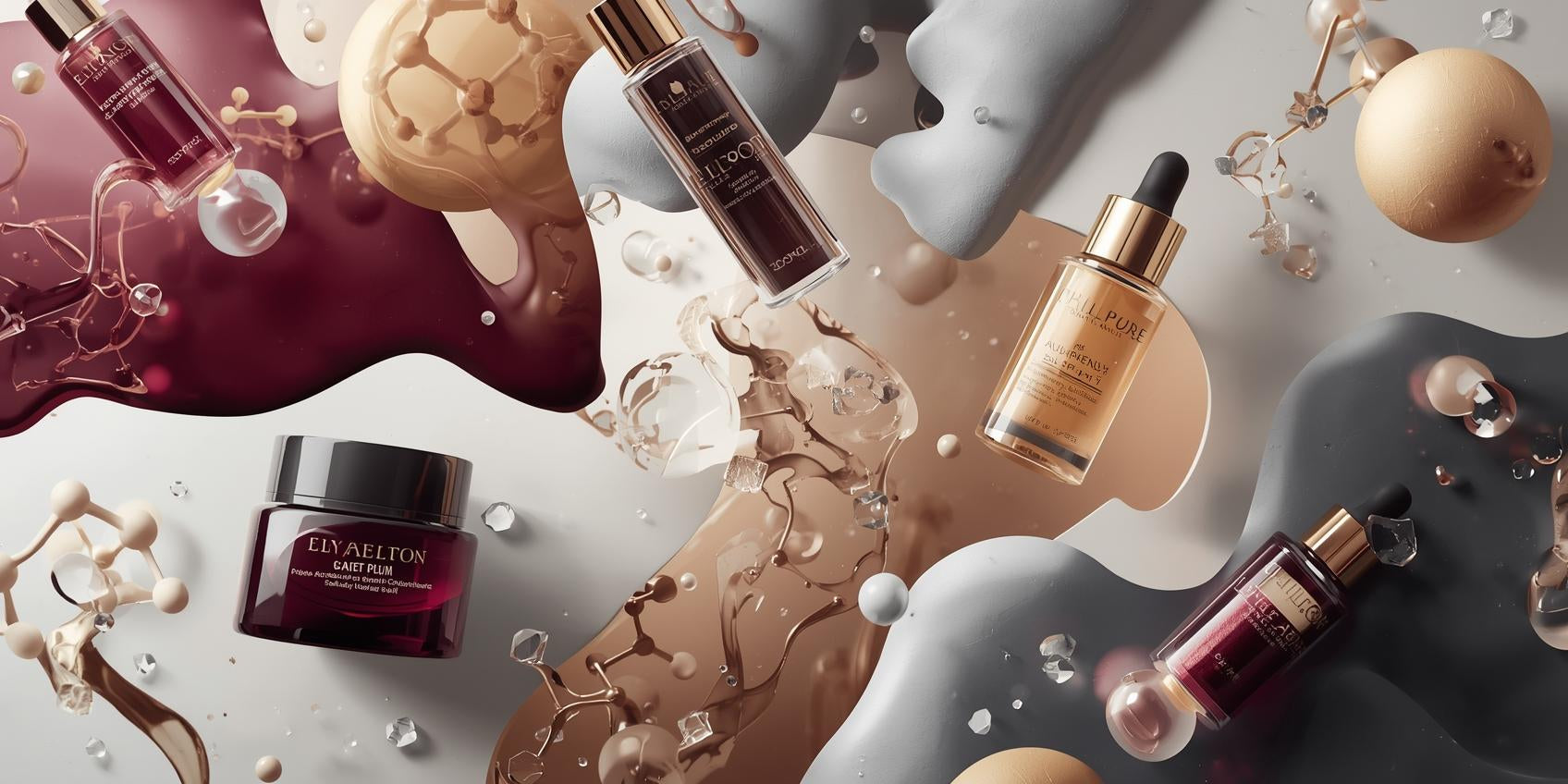Manuka Oil is an aromatic essential oil obtained by steam-distilling the leaves and small branches of the New Zealand manuka tree, Leptospermum scoparium. Celebrated for its purifying, balancing, and comfort-forward sensorial profile, it lends a refined “fresh-woody” character to formulas while supporting the look of clearer, calmer skin. Its distinctive composition includes triketones (e.g., leptospermone, isoleptospermone, flavesone) alongside monoterpenes that contribute to a lightweight, non-greasy afterfeel when used at appropriate levels.
Common INCI: Leptospermum Scoparium Branch/Leaf Oil (or Leptospermum Scoparium Oil; follow your supplier’s exact listing).
What it does
In skincare and body care, Manuka Oil is prized for a clarifying, rebalancing feel that helps reduce the look of congestion while maintaining comfort—useful in routines for oily or combination skin. Its aromatic profile supports a fresh, clean sensorial experience in cleansers and toners, while in leave-ons it helps visibly even texture and soften the look of redness associated with daily stressors. In scalp and hair care, it complements lightweight conditioning systems to refresh the scalp feel without heavy residue. In deodorant formats, it contributes to a clean, long-lasting scent in synergy with deodorising actives.
Sensory & aesthetics
Manuka Oil brings a warm herbaceous, slightly honeyed top note with a dry, woody base—more elegant and less camphoraceous than many “purifying” oils. Used judiciously, it enhances glide and gives emulsions and gel-creams a refined slip with no waxy bloom. Color ranges from pale yellow to light amber depending on harvest and chemotype.
Formulation notes
-
Solubility: Oil-soluble. For water-rich systems, solubilize with suitable non-ionic solubilizers (e.g., PEG-40 hydrogenated castor oil, polysorbate-20) or microemulsify in the fragrance phase.
-
Phase/temperature: Add to the cool-down of emulsions or post-emulsification to limit volatilization (typically <40–45 °C).
-
Typical use levels:
-
Leave-on face: 0.10–0.50% (start low for sensitive skin).
-
Body/hand care & scalp: 0.20–1.00% depending on fragrance load and desired sensorial.
-
Rinse-off (cleansers, shampoos): 0.20–2.00% with appropriate solubilization.
Always follow your supplier’s specifications, regional guidelines, and IFRA Category limits for your application.
-
-
Compatibility: Blends well with lightweight esters (C12-15 alkyl benzoate, isopropyl myristate), squalane, dimethicone, and natural oils (jojoba, meadowfoam). In surfactant systems, pair with amphoterics or mild anionics and include humectants (glycerin, betaine) for a non-tight afterfeel.
-
Stability: Protect with antioxidants (e.g., tocopherol) and store cool, away from light and air. Consider airless or lined closures to minimize aroma shift over time.
Complementary actives
For a balanced, complexion-evening routine, combine Manuka Oil with niacinamide (tone uniformity), panthenol and allantoin (comfort), oat beta-glucan (barrier feel), and zinc PCA in oil-prone formulas. For purifying cleansers, pair with mild AHAs like mandelic or PHA for gentle renewal. In scalp care, team with menthyl lactate for freshness and salicylic acid (where permitted) for flake-prone narratives.
Safety & suitability
Essential oils are potent. Formulate with appropriate dilution, conduct HRIPT/patch testing as needed, and avoid the eye area. For very sensitive users, start at the low end of the range and limit total fragrance/EO load. Check allergens per regional labeling rules (e.g., limonene, linalool if present) and ensure alignment with IFRA guidance for your category.
Sustainability & sourcing
Manuka is native to New Zealand; reputable suppliers practice responsible wild-harvest or cultivated sourcing with traceability and chemotype documentation. Request a Certificate of Analysis, IFRA certificate, allergen listing, and pesticide/heavy-metal screening to support consistent quality.
On the label & claims
List according to your supplier’s INCI (e.g., Leptospermum Scoparium Branch/Leaf Oil). Keep claims cosmetic and measurable: clarify and balance the look of skin, enhance freshness, support a cleaner feel, and deliver a refined, comforting sensorial—without medical or drug-like promises.
- INCI: Leptospermum scoparium
- Description: 100% Manuka Oil with a minimum of 20% β-triketone content
- Trademark: MBTK™ 20+
- Active Content: 20% β-triketone
- Extraction: Pure steam distillation
- CAS Number: 223749-44-8
- Origin: New Zealand
- Shelf life: 6 years in bulk
- Solubility: Oil-soluble
- Recommended Dosage: Between 0.1% to 2%



